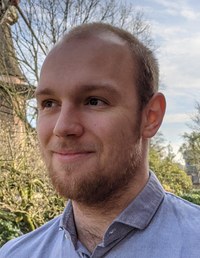A central development of the ongoing second quantum revolution is the ability to control and observe the individual quantum degrees of freedom (e.g., in neutral atoms, ions, superconducting circuits, lattice defects, etc.) and their interactions with the highest precision. This discloses several directions for fundamental research as well as for technological applications. Quantum Simulators are experimental platforms that realize specific models of matter in a tailored way and give direct access to relevant observables: They therefore embody Feynman’s original vision to circumvent the curse of dimensionality by performing the simulation itself in a quantum setup. Ultimately, the goal is to develop QS for increasingly complex models of matter, in- and out-of-equilibrium, in order to tackle pivotal problems in quantum many-body physics and quantum chemistry, e.g., high-temperature superconductivity or chemical reaction dynamics. The availability of early-stage QS, together with sophisticated numerical techniques that keep pushing the classical computational capabilities, puts us today in the exciting situation that both rely on each other for mutual certification while entering otherwise uncharted terrain. Recent examples of ours include:
- “Quantum simulation of the tricritical Ising model in tunable Josephson junction ladders”, link to the paper.
- “Cold Atoms meet Lattice Gauge Theory”, link to the paper.



